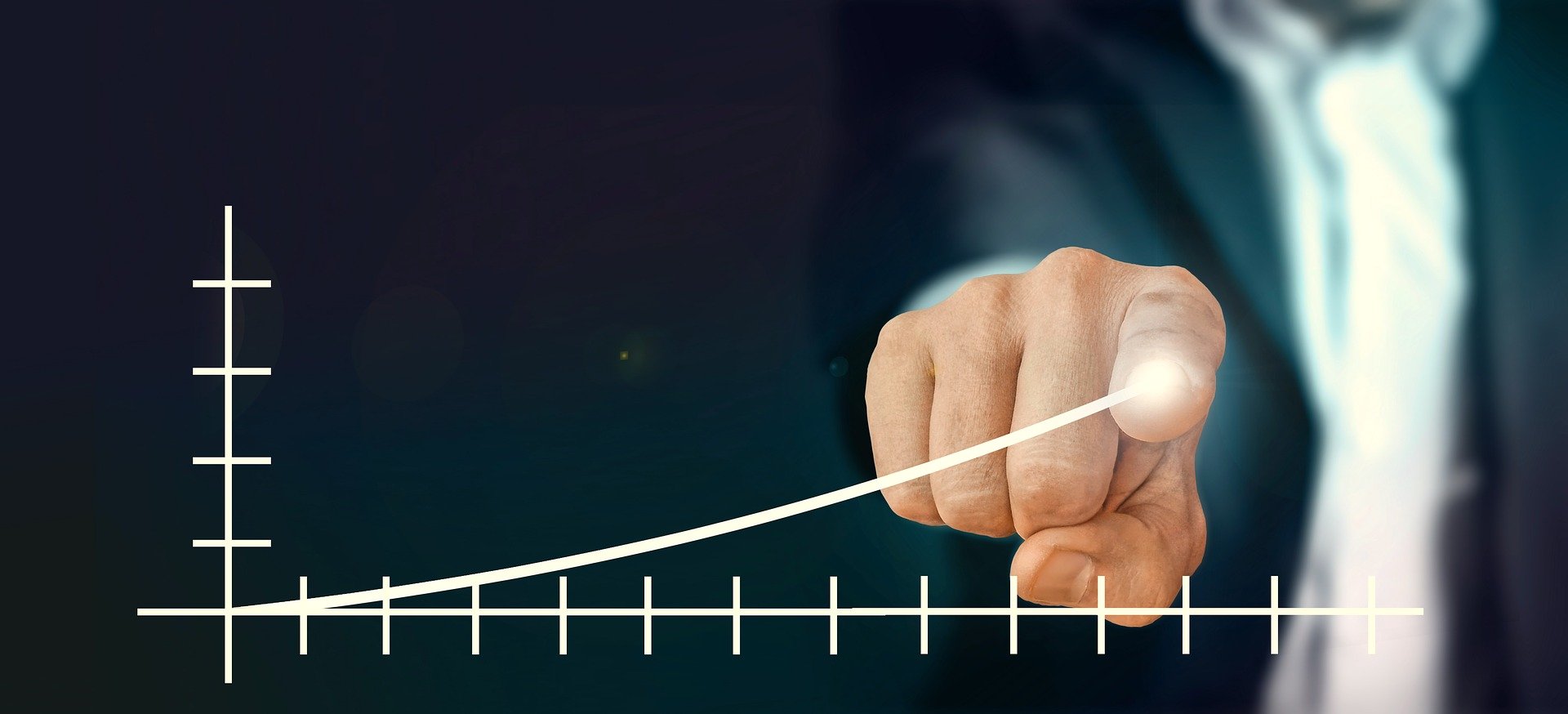Introduction
It is this time of the year again: most major arbitration institutions have published[1] their statistical reports, giving us the opportunity to take a closer look at their numbers. As usual[2], we start off comparing the caseload of various arbitration institutions. We then examine other relevant data such as the total amount in dispute, the number of emergency or expedited procedure applications, arbitrator challenges, and figures on diversity to understand the direction arbitration is headed as well as its trends.
Caseload numbers
| Name of institution | 2012 | 2013 | 2014 | 2015 | 2016 | 2017 | 2018 | 2019 | 2020 |
|---|---|---|---|---|---|---|---|---|---|
| ICC (International Chamber of Commerce) | 759 | 767 | 791 | 801 | 966 | 810 | 842 | 869 | 946 |
| ICSID (International Centre for Settlement of Investment Disputes) | 50 | 40 | 38 | 52 | 48 | 53 | 56 | 39 | 58 |
| SCC (Stockholm Chamber of Commerce) | 177 | 203 | 183 | 181 | 199 | 200 | 152 | 175 | 213 |
| LCIA (London Court of International Arbitration) | 277 | 301 | 300 | 326 | 303 | 285 | 317 | 395 | 440 |
| SIAC (Singapore International Arbitration Centre) | 235 | 259 | 222 | 271 | 343 | 452 | 402 | 479 | 1080 |
| HKIAC (Hong Kong International Arbitration Centre) | 293 | 260 | 252 | 271 | 262 | 297 | 265 | 308 | 318 |
| DIS (German Arbitration Institute) | 125 | 121 | 132 | 134 | 166 | 152 | 153 | 110 | 162 |
| VIAC (Vienna International Arbitration Centre) | 70 | 56 | 56 | 40 | 60 | 43 | 64 | 45 | 40 |
| SCAI (Swiss Chambers' Arbitration Institution) | 92 | 69 | 106 | 96 | 81 | 74 | 81 | 95 | 83 |
| ICDR (International Centre for Dispute Resolution) | 996 | 1165 | 1052 | 1063 | 1050 | 1026 | 993 | 882 | n/a |
| CIETAC (China International Economic and Trade Arbitration Commission) | 1060 | 1256 | 1610 | 1968 | 2181 | 2298 | 2962 | 3333 | 3615 |
| PCA (Permanent Court of Arbitration) | 27 | 35 | 39 | 42 | 40 | 41 | 56 | 49 | 59 |
| KCAB (Korean Commercial Arbitration Board) | 360 | 338 | 382 | 413 | 381 | 385 | 393 | 443 | 405 |
| TOTAL | 4521 | 4870 | 5163 | 5658 | 6080 | 6116 | 6736 | 7222 | 7419 |
In our conclusion to the 2019 analysis, we were wondering how the institutions would weather the COVID-19 storm. In short: they did very well. Despite – or maybe even because – of COVID-19, the field of arbitration continued to grow throughout 2020. In 2020, the combined number of new arbitration cases of our selected institutions amounted to an impressive 7419. To put this into perspective: the year before, the number of cases added up to 6375[3], resulting in an increase of 16%. Looking back now, this is not surprising. The pandemic not only undoubtedly sparked a great number of (cross-border) disputes. It is likely that the institutions also profited from the total halt of some state courts. Arbitral institutions managed to keep the system running and it is remarkable how fast they adapted to the limitations that went hand in hand with the global pandemic. It is safe to say that international arbitration proved and advertised itself in the difficult year that was 2020.
A number of arbitral institutions even registered an all-time high of new cases: the LCIA, HKIAC, CIETAC, ICSID, SIAC and the PCA. Especially the SIAC had plenty of reason to celebrate as they more than doubled their case numbers compared to the previous year and also crossed the magical threshold of 1,000 new cases in a year.
Other relevant data
| ICC | ICSID | SCC | LCIA | SIAC | HKIAC | DIS | VIAC | SCAI | CIETAC | KCAB | |
|---|---|---|---|---|---|---|---|---|---|---|---|
| Amount in dispute | USD 51 billion | n/a | EUR 2 billion | n/a | SGD 11.25 | USD 8.8 billion | EUR 2.25 billion | EUR 428 million | CHF 924 million | RMB 112.13 billion | USD 540 million |
| International arbitrations | 69% | n/a | 49% | 93% [5] | 94% | 72.3 % | 49% | n/a | 80% | 20.4% | 17% |
| Emergency arbitration applications | 32 | n/a | 5 | 5 | 20 | 14 | n/a | n/a | 2 | n/a | n/a |
| Expedited procedure applications | >115 [6] | n/a | 67 | 13 [7] | 88 | 28 | n/a | n/a | 32 | n/a | n/a |
| Arbitrator challenges | 92 | n/a | 17 | 6 | 4 [8] | 1 | n/a | n/a | n/a | 28 [9] | n/a |
| Percentage of female arbitrators | 23.4% | 12% | 31% | 33% | 32.2% [10] | 22.8% [11] | n/a | 31.7% | 30% | n/a | 12.9% [12] |
| Arbitrator nationality (top 3) | 1. UK (14.5%) 2. USA (10%) 3. Switzerland (8.9%) | 1. France (10%) 2. USA (9.3%) 3. UK (8.4%) | 1. Europe (97%) 2. North America (2.3%) 3. Australia/South America | 1. UK (63%) 2. Canada (n/a) 3. USA (n/a) | 1. Singapore (35%) 2. UK (22%) 3. USA (9%) | 1. Hong Kong (22.8%) [13] 2. UK (18.8%) 3. Australia (10.1%) | n/a | 1. Austria (47.7%) 2. Slovakia (15.9%) 3. Switzerland (9.1%) | n/a | n/a | 1. South Korea (64.5%) 2. USA (27.3%) 3. Germany/Japan (both 13.6%) |
The yearly amount in dispute reflects the prosperity of arbitration. Leading the group by far, the average amount in dispute of cases filed with the ICC during 2020 was USD 54 million. In 8.5 % percent of their new cases, the amount in dispute was more than USD 100 million. In general, the total amount in dispute for 2020 increased for most institutions. Noteworthy are the SCC with an increase by a third compared to 2019 and the HKIAC which doubled the end-of-year amount.
The proportion of international cases remained on a similar level throughout the institutions. In this category, the SIAC, LCIA and SCAI have the lead. Following closely behind, the HKIAC and ICC registered a slight proportional drop in international cases.
In light of COVID-19, the number of emergency arbitration increased unsurprisingly under almost every institution.
Expedited procedures have been an integral part of arbitration for some time now and the numbers show that they steadily increase in numbers. They continue to be exceptionally relevant at the SCC and SCAI – there, the number of applications constitute roughly a third of all new cases.
No significant changes concerning arbitrator challenges could be detected. As in 2019, the ICC stands out – this time with a total of 92 challenges. Only the SCC is at a similar proportional level. It is noteworthy that the HKIAC registered just a single challenge.
The parties’ preferred nationality of arbitrators remains mostly unchanged, too.
We want to take a closer look at the arbitrators’ diversity, however. Looking at the statistics of the last three years, we can make out an overall slow but steady increase. Since 2018, the percentage of female arbitrators in ICC cases increased by about 2 percentage points every year, with almost every fourth arbitrator being female now. The LCIA experienced a real boost since 2018: every year, the number of female arbitrators increased by 5 percentage points and now sits at a leading 33 %[4]. Similarly, almost every third arbitrator is female in SCC and VIAC cases. Both these institutions registered a major jump in numbers after a decrease in 2019.
Although some institutions only provide the number of female arbitrators appointed by the institution itself, other institutions publicize numbers that distinguish between appointments by the institution, co-arbitrators, and the parties. These numbers shed a slightly different light on the progress of achieving diversity: For example, the percentage of female arbitrators appointed by the HKIAC itself amounts to 22.8 %. In comparison, every third arbitrator designated by co-arbitrators in HKIAC cases is female – which is en par with the overall average of the LCIA. Sadly, however, only 11.1 % of all party-appointed arbitrators in HKIAC cases are female.
As stated before, almost every third (31.7 %) arbitrator in VIAC cases is female. Of all arbitrators nominated by the parties and co-arbitrators in these cases, however, only 24.2 % are female.
Similarly, 30% of the arbitrators in SCAI cases are female. Of all appointments made by the Court, a remarkable 71 % were female arbitrators, from which we can infer that the percentage of female arbitrators appointed by the parties (and possibly co-arbitrators) is much lower than 30%.
Conclusion
In last year’s analysis, we noted that “2019 continued to remain a busy year for all arbitral institutions” but that “much work remains to be done to improve their image on certain parameters, specifically with respect to diversity.” Considering how well arbitration has fared in 2020 despite the extreme circumstances, it is safe to say that it has been an extraordinary year for arbitration. With respect to diversity, we can appreciate that the overall numbers are still growing. And we welcome that a variety of institutions take an active role in fostering diversity by appointing more and more female arbitrators. The numbers on party-appointed arbitrators show, however, that there is still a long way ahead. Let’s see what 2021 has in store for us!
[1] ICC: https://iccwbo.org/publication/icc-dispute-resolution-statistics-2020/;
ICSID: https://icsid.worldbank.org/sites/default/files/publications/The%20ICSID%20Caseload%20Statistics%20%282021-1%20Edition%29%20ENG.pdf;
SCC: https://sccinstitute.com/statistics/;
LCIA: https://www.lcia.org/media/download.aspx?MediaId=855;
SIAC: https://siac.org.sg/images/stories/articles/annual_report/SIAC_Annual_Report_2020.pdf;
HKIAC: https://www.hkiac.org/about-us/statistics;
DIS: https://www.disarb.org/ueber-uns/unsere-arbeit-in-zahlen;
VIAC: https://www.viac.eu/en/service/statistics;
SCAI: statistics were kindly provided to us by the institution upon request;
ICDR: no statistics for 2020 available;
CIETAC: http://www.cietac.org/index.php?m=Page&a=index&id=40&l=en and https://www.acerislaw.com/wp-content/uploads/2021/05/cietac.org-CIETAC-2020-Work-Report-and-2021-Work-Plan-Work-Report-China-International-Economic-and-Trade-Arbitra.pdf;
PCA: https://docs.pca-cpa.org/2021/06/2021/06/7ea445fd-online-pca-annual-report-2020-%E2%80%93-1.06.2021.pdf;
KCAB: http://www.kcabinternational.or.kr/user/Board/comm_notice.do?BD_NO=174&CURRENT_MENU_CODE=MENU0017&TOP_MENU_CODE=MENU0014.
[2] 2019 statistics: https://globalarbitrationnews.com/how-did-arbitration-institutions-fare-in-2019/;
2018 statistics: https://globalarbitrationnews.com/international-arbitration-statistics-2018-another-busy-year-for-arbitral-institutions-update/.
[3] For a more accurate comparison, we excluded the ICDR here as they did not provide numbers for 2020.
[4] Of all institutions that provided numbers on diversity.
[5] Just 26 of the 407 cases administered under the LCIA Rules involved only parties from the UK.
[6] In its 2020 statistics, the ICC states that “to date, 261 cases have been or are being conducted under the EPP.” As of end 2019, 146 cases had been or were being conducted under the EPP (ICC Statistics 2019).
[7] Refers to the expedited formation of the tribunal.
[8] Number of challenges decided by SIAC in 2020.
[9] Number of decisions made.
[10] Only refers to the 143 arbitrators appointed by SIAC.
[11] Only refers to arbitrators appointed by HKIAC. Percentage of party-appointed female arbitrators: 11.1 %; percentage of female arbitrators designated by co-arbitrators: 33.3 %.
[12] Out of the 8 female arbitrators, 5 female arbitrators (62.5%) were appointed by the KCAB INTERNATIONAL Secretariat and 3 (37.5%) were appointed by the parties.
[13] Numbers only refer to arbitrators appointed by HKIAC.





